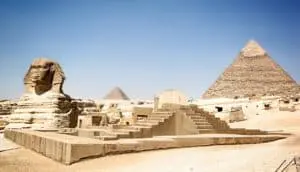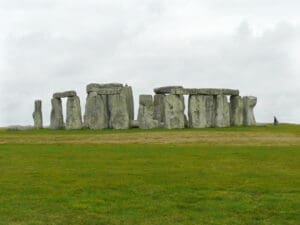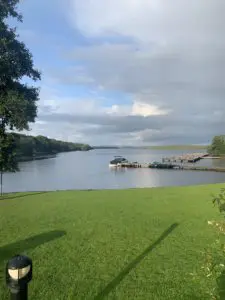Hitchhiking the Silk Road: A Guide to Contemporary Journeys Along Historic Trails
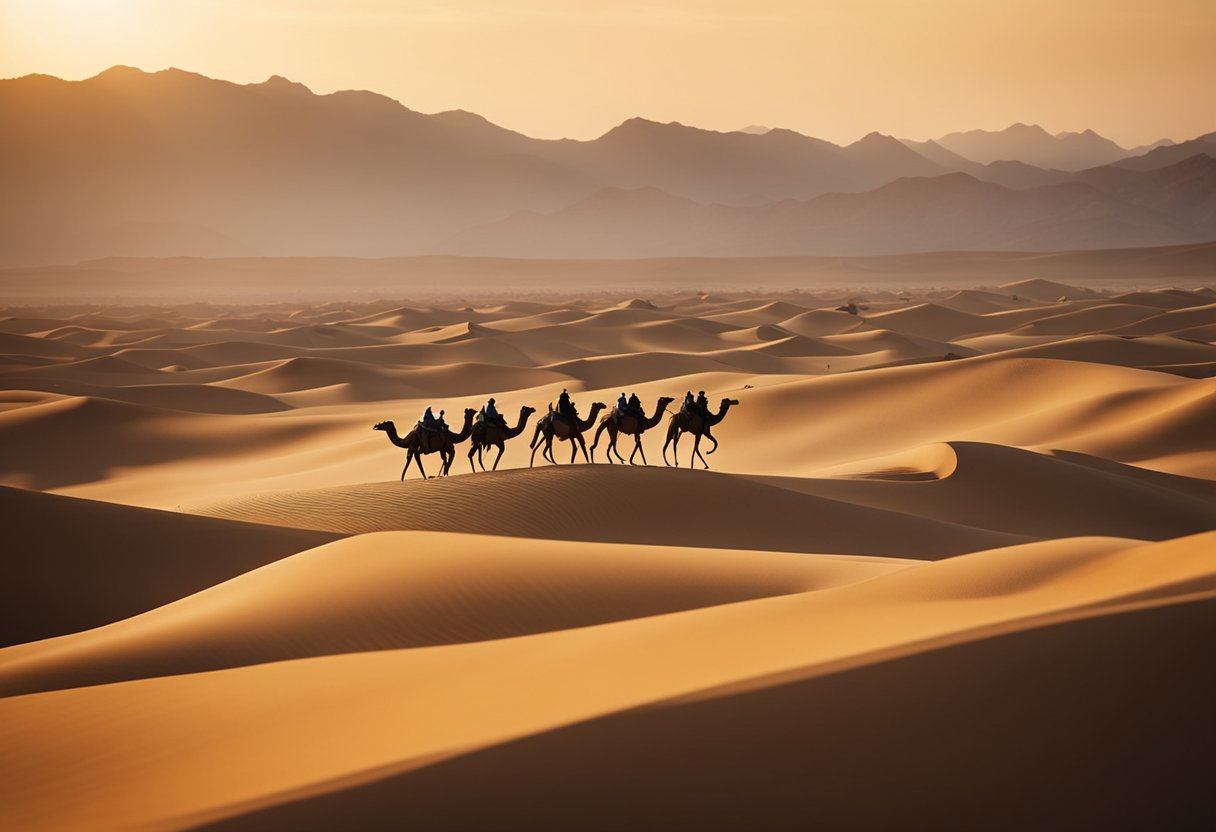
Updated On: April 17, 2024 by Noha Basiouny
Traversing the Silk Road today evokes images of ancient caravans and distant horizons, an echo of a time when merchants, explorers, and adventurers journeyed across this vast network of routes. We embark on modern adventures that trace the footsteps of the past, hitchhiking across the regions that once bustled with traders and cultural emissaries. The tactile experience of hitchhiking brings the history of the Silk Road to life, offering firsthand encounters with the rich tapestry of cultures that continue to flourish along these ancient paths.
While the Silk Road’s legacy is rooted in the exchange of silk, spices, and ideas, it is the timeless human interaction that continues to define this journey. The sense of community and the exchange of stories will redefine our understanding of travel, weaving new narratives into the fabric of history. As we navigate the same landscapes that once connected empires, we uncover the enduring spirit of the Silk Road in the experiences of the people and the resilience of cultures that have withstood the sands of time.
Table of Contents
The Origins of the Silk Road
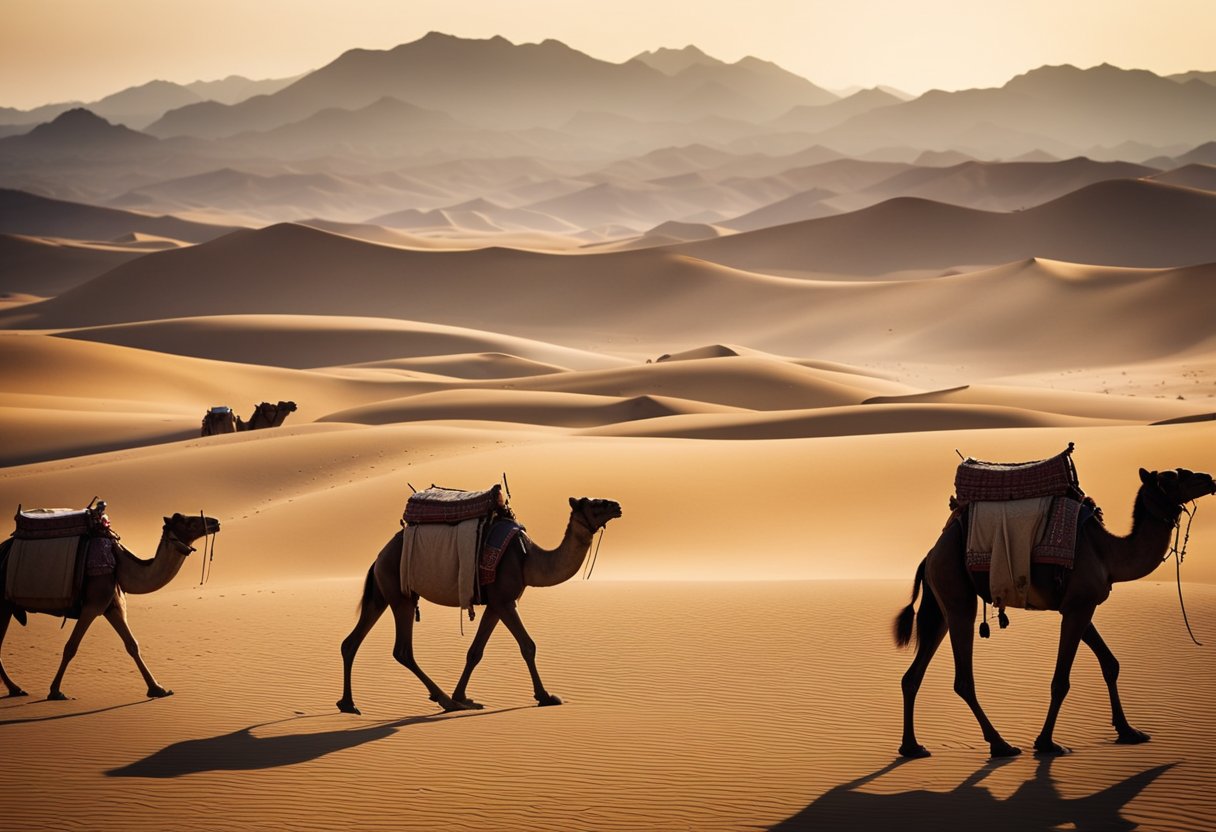
Before we explore the intricate webs of the Silk Road, it’s vital to understand its inception. This network of trade routes did not emerge overnight but was the result of growing trade and political power in ancient China.
Rise of Trade in the Ancient World
In the ancient world, the concept of trade expanded as civilisations grew and sought resources beyond their borders. Central Asia became a meeting ground for merchants, where the exchange of goods and knowledge blossomed. These interactions paved the way for organised routes that facilitated commerce on a larger scale.
The Han Dynasty and Beyond
The Han Dynasty reign marks a pivotal era in Chinese history when trade flourished like never before. Under Han sovereignty, routes connecting China with the West were officially opened, which later became famous as the Silk Road. The emergence of these routes was not just due to economic reasons but also for political alliances and cultural exchanges, solidifying ties that would influence regions for centuries. The Silk Road didn’t comprise a singular path but rather a network crisscrossing various terrains, linking diverse civilisations, each contributing to the route’s legendary status.
Geographical Span of the Silk Route
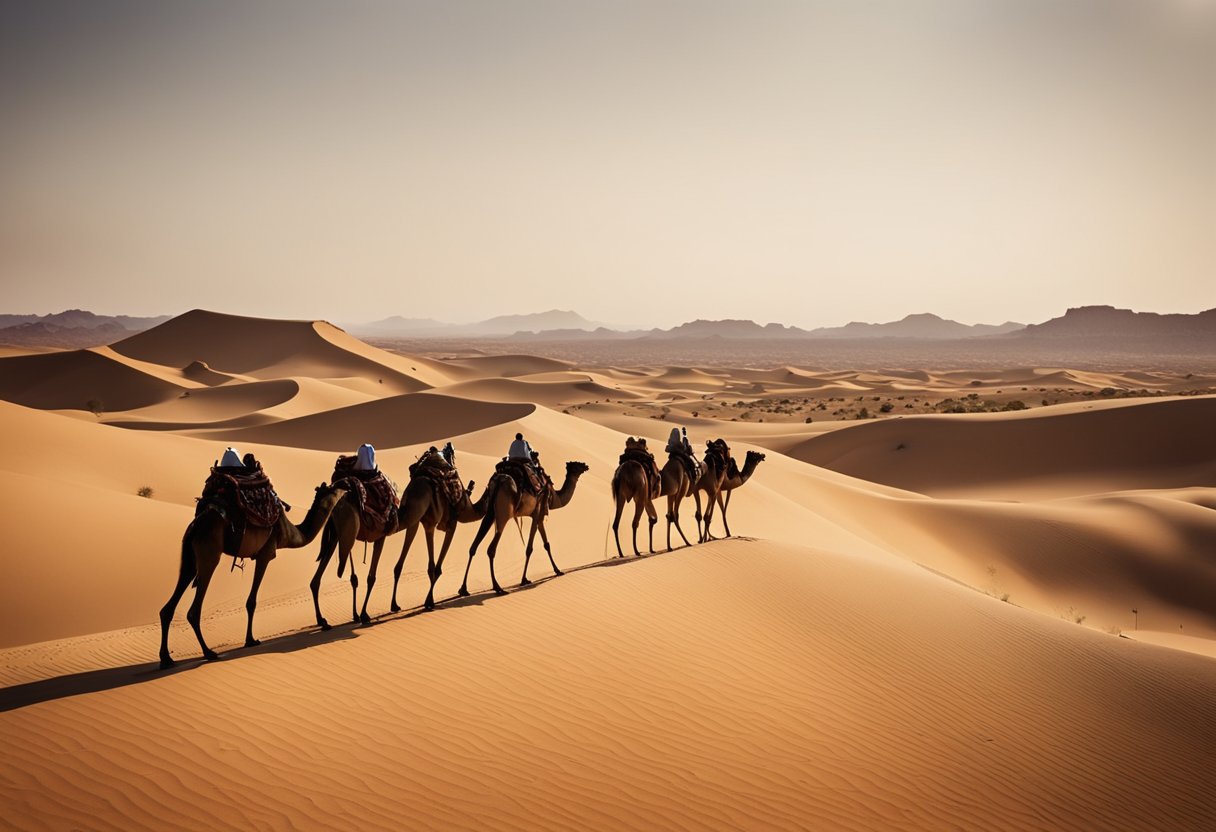
The Silk Route, often remembered for its role in the exchange of luxury goods, ideas, and cultural practices, spanned a vast area, orchestrating a symphony of desert landscapes and mountain terrains while connecting multiple civilisations.
From China to the Mediterranean
Tracing the origins of the Silk Route from China, the network of paths began in the imperial city of Xi’an, carving its way through turbulent deserts like the Gobi, and the towering Pamir Mountains. It bridged East with West, extending to the Mediterranean shores. The route ushered in a flow of Silk, spices, and even religions through the heart of Central Asia, before finally reaching European destinations.
Connecting Civilisations across Continents
Our collective past was shaped profoundly by the Silk Route’s influence, as it facilitated dialogue among remote cultures. It brought the grandeur of China’s silk to Roman markets, whilst Central Asian cities flourished into rich trading hubs. The Mediterranean once the terminus of these routes, was a cultural melting pot where the exchange of goods seamlessly transitioned into an exchange of knowledge and innovation.
Cultural Exchanges Along the Silk Road
As we traverse the storied paths of the Silk Road, it is the cultural exchanges that stand as the most enduring legacy of this ancient trade network. The Silk Road facilitated a remarkable flow of ideas, religions, and artistic influences that shaped the civilisations along its path.
Spread of Religion and Philosophy
The Silk Road served as a conduit for the spread of various religions and philosophical teachings across vast distances. Buddhism travelled from its birthplace in India to Central Asia and China, influencing countless generations along the way. In a similar vein, Islam and Christianity found new followers far from their origins, as the journey of faith accompanied the movement of goods and people.
Merchants and missionaries facilitated this profound spiritual and philosophical exchange, often visiting cultural hubs where they shared knowledge, language, and religious beliefs. Monasteries and mosques sprung up along the route, echoing the multicultural tapestry woven by the Silk Road’s diverse travellers.
Fusion of Art and Architecture
The Silk Road was equally instrumental in the fusion of different artistic styles and the evolution of architecture. Intricate designs from East and West melded to form unique artworks, visible in the terracotta figurines of China, which bore traces of Hellenistic influence, or the adoption of Persian calligraphy in Chinese script.
The architectural landscape was transformed as styles intermingled; domes and arches common in Islamic architecture were combined with traditional Chinese designs, creating new forms that expressed a shared cultural heritage. Along these routes, one could witness the rise of structures that demonstrated this exchange – caravanserais, which provided lodging for traders, often bore artistic elements from various cultures that passed through them.
Silk Road’s Commodity Flow
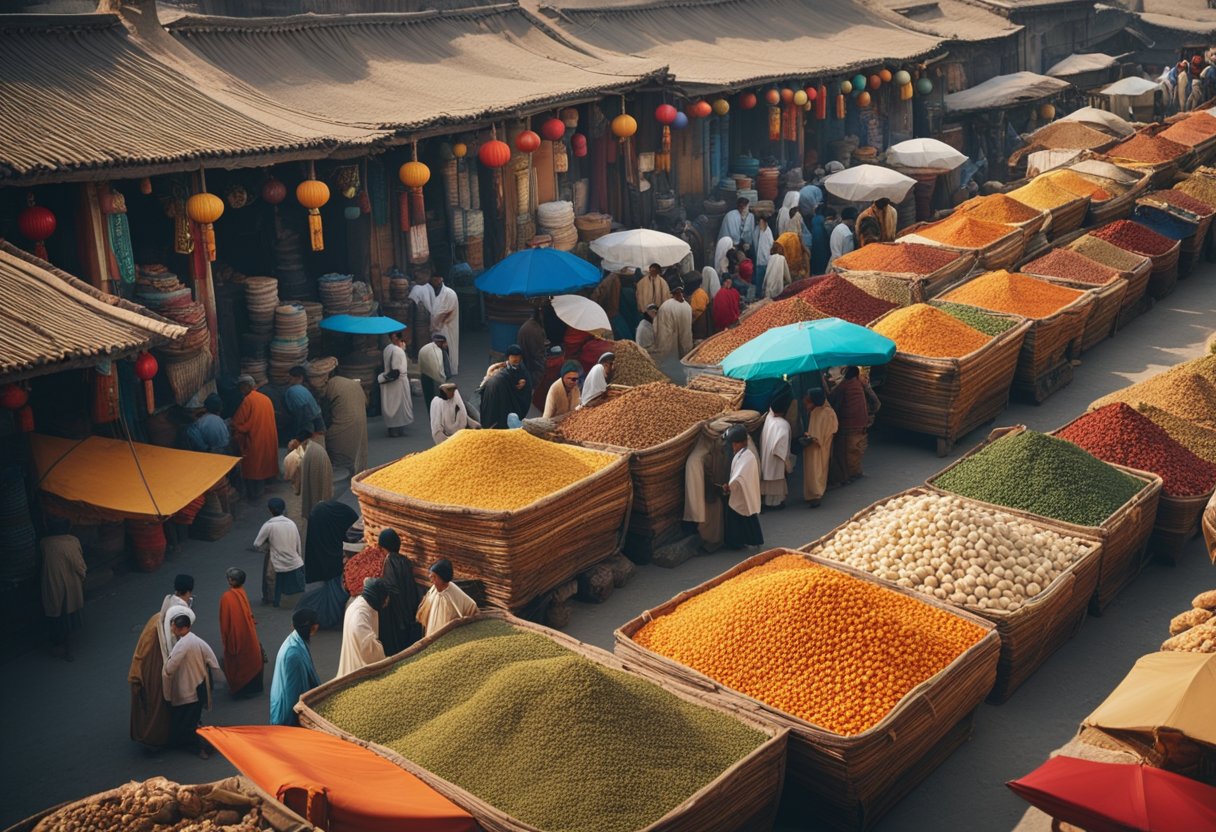
In our travels across the historical trading routes of the Silk Road, we witness a vast array of commodities that shaped ancient economies and cultures.
Luxury Goods and Everyday Items
Traversing the Silk Road, one would find a bounty of luxury items that were highly coveted across Eurasia. Silk, unsurprisingly, was a principal commodity, valued for its texture and lustre, and primarily produced in China—a treasure in itself. Beyond silk, textiles of various qualities and styles were traded extensively. Fine porcelain from China, known for its delicate beauty and strength, also found its way along these routes; as did paper, which revolutionised record-keeping and communication.
Everyday items, though less illustrious, were equally significant in the flow of goods. Leather and wool products provided necessary materials for a range of uses, from clothing to tent-making. Glass objects and tea were also transported in large quantities, integrating themselves into the daily lives of those near and far from their origins.
The Gold and Spice Trade
Our narrative would be incomplete without acknowledging the precious goods that fuelled entire economies. Spices, such as cinnamon, cardamom, and pepper, were not just culinary additives but also symbols of wealth and status, at times worth more than their weight in gold. Gold, ever the emblem of prosperity, moved between hands along these routes, often used to balance trade deficits owing to its universal value.
Equally alluring were precious stones, including rubies, sapphires, and emeralds, which adorned the crowns and jewellery of the elite. The lust for these items not only drove individuals to traverse treacherous landscapes but also forged entire trade links between distant cultures.
Influential Figures and Explorers
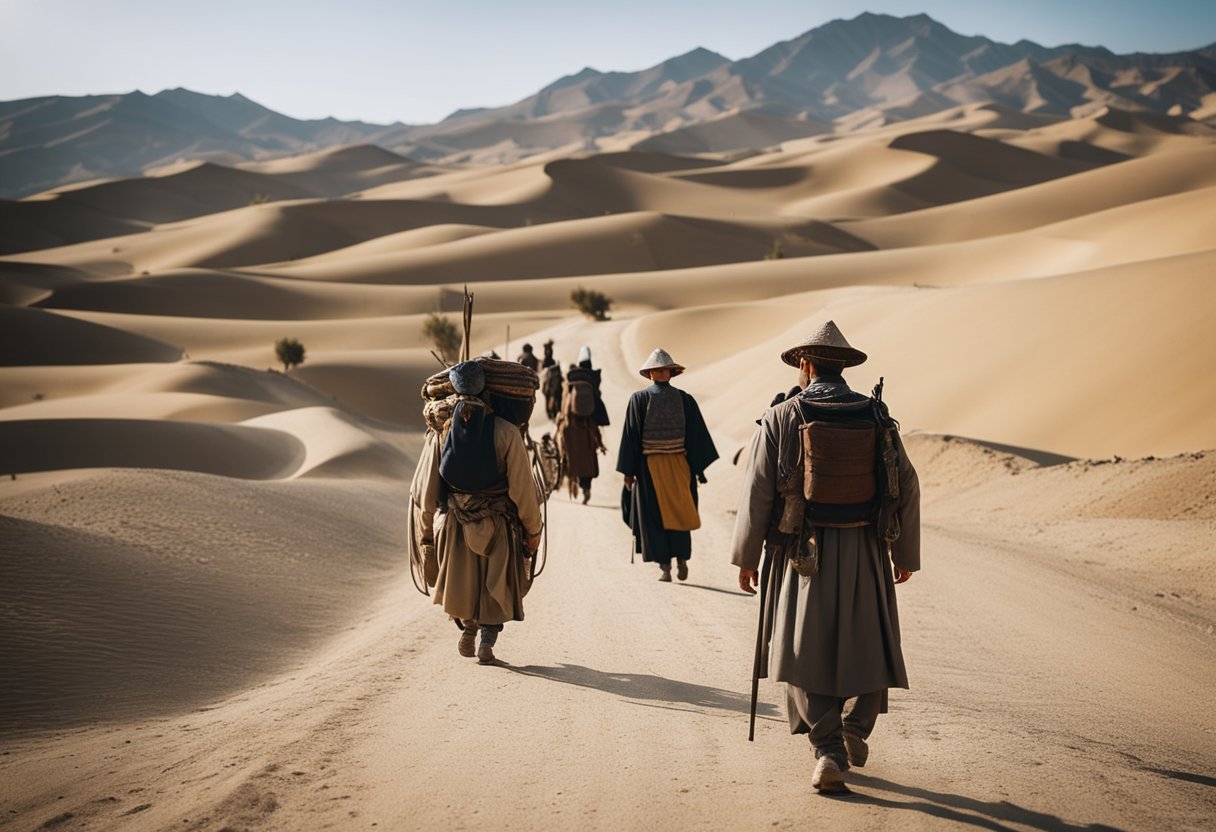
The Silk Road is etched in history thanks to the daring voyages of various influential figures. Among them, certain names stand out for their indelible impact on how we perceive this ancient network of trade routes.
Marco Polo and Kublai Khan
Marco Polo, the Venetian explorer, is often heralded for his extensive travels along the Silk Road. His journeys, documented in “The Travels of Marco Polo”, have inspired countless adventurers. Polo’s accounts provide detailed narratives of the diverse cultures he encountered and the bustling trade he witnessed, transporting goods like silk and spices between Venice and the far reaches of Asia.
Polo’s interactions with Kublai Khan—the Mongol ruler and Emperor of China—were particularly significant. Under the patronage of Kublai Khan, Polo had unprecedented access to the wealth and wonders of the Yuan Dynasty, gaining insights that would inform European understanding of the East for centuries.
Ferdinand von Richthofen’s Contributions
Ferdinand von Richthofen, a German geographer, was instrumental in coining the term Silk Road or Seidenstraße in the 19th century. With his extensive research and explorations, he enhanced the comprehension of the geographical scope and historical significance of these trade routes. Richthofen’s work laid the foundation for modern Silk Road studies and highlighted the intricacies of these ancient paths used by traders and merchants alike.
Through their travels and scholarly pursuits, these explorers contributed immeasurably to our knowledge of the Silk Road, shaping our appreciation for the enduring connections created between distant civilisations.
Political and Economic Impact

Before we embark on exploring the old paths of the Silk Road, it’s paramount to recognise the considerable political and economic impact that these ancient trade routes once had. They were the arteries which fed the growth of empires and facilitated both strife and collaboration among nations.
Empires Built on Trade
The establishment and expansion of commerce along the Silk Road were instrumental in the rise of prominent empires. The Han Dynasty, for instance, solidified its power by monopolising the silk industry and used the wealth generated to strengthen its capital and imperial reach. The intricate network of trade routes enabled the exchange of not only goods but also ideas and culture, fuelling economic vigour and political influence throughout regions connected by these roads.
Conflict and Cooperation
The Silk Road also acted as a stage for both conflict and cooperation among the powers that be. Wars were not uncommon, often ignited by the desire to control the lucrative trade paths. Yet, the Silk Road equally fostered alliances, such as those during the Ottoman Empire, where a complex web of diplomatic and commercial ties was spun, intertwining the economic fortunes of distant lands. It was a symbiotic relationship; while trade brought wealth, maintaining such commerce required relative peace and stability.
Key Trade Routes and Landmarks
As we traverse the Silk Road’s vast network, we encounter significant land paths and maritime routes that once facilitated the flow of wealth, culture, and knowledge between the East and West. These archaeological remnants and natural landscapes tell stories of bygone eras when caravans and vessels linked distant empires.
Land Paths across Asia
The Silk Routes, also known as Silk Roads, formed an intricate web of pathways crisscrossing Asia, connecting the mighty empires of the Achaemenid Empire to the Chinese Han Dynasty. A prominent section was the Royal Road, stretching over 2,000 kilometers from Susa in Persia to Sardis near the Aegean Sea. This route was a marvel of the ancient world, allowing for efficient communication and exchange.
- Key Landmarks:
- Susa (Achaemenid Empire’s ancient city)
- Samarkand (a crossroad of cultures and a hub for trade and scholarship)
- Constantinople (the gateway between Asia and Europe)
Traversing these routes today, one would witness varied landscapes, from desolate deserts to fertile valleys. Strategically located along these routes were caravanserais and trading posts, where traders would rest and replenish before continuing their journey.
The Maritime Silk Route
Complementing the overland Silk Roads, the Maritime Silk Route was a network of sea passages that facilitated trade between the Far East, South-East Asia, the Indian subcontinent, and beyond. This route not only transported goods through the Levante, but also allowed for the exchange of ideas and cultural practices, making it a crucible of civilisations.
- Key Port Cities:
- Constantinople (an important endpoint and a melting pot of cultures)
- Port cities along the Levante (vital for spices and textiles trade)
Sailing these historic waters would reveal a mixture of bustling markets and the stark beauty of the open sea. These maritime paths were as crucial as the land routes in weaving the rich tapestry of connections that was the Silk Road.
Silk Road’s Decline and Transformation
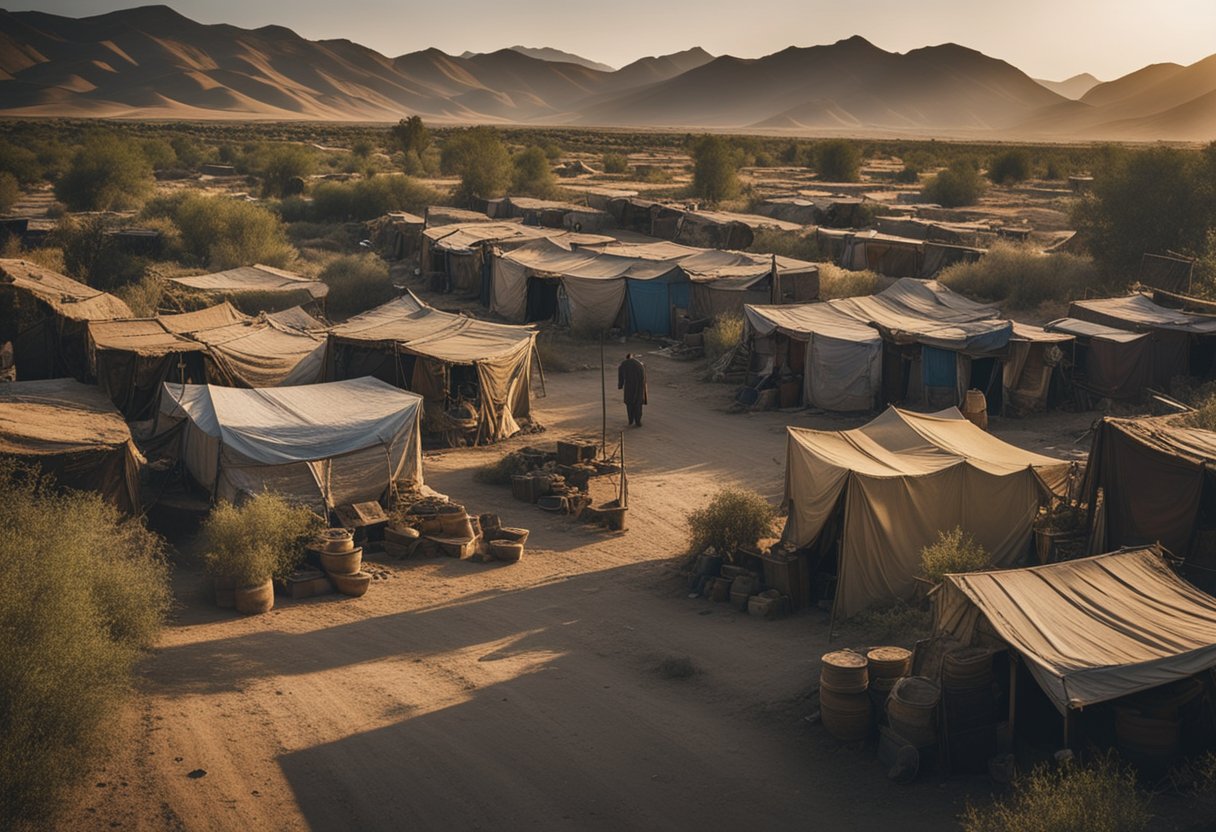
As we explore the Silk Road’s history, it’s clear that the once flourishing trade routes experienced a significant decline, transforming the way goods and ideas traversed the world.
The Effects of Plagues and War
The Black Death, one of the most devastating pandemics in human history, significantly impacted the Silk Road’s vitality. It spread through the network of trade routes, crippling populations and economies. Simultaneous wars, especially those involving the Mongols, further disrupted the regular flow of trade, leading to a marked decline in the importance of these overland routes.
The Shift from Land to Sea
The progressive shift from land-based to maritime trade routes marked a major transformation in global commerce. As European powers like Portugal and Spain developed advanced navies, they began to establish oceanic trade routes. This allowed them to bypass the Silk Road’s overland paths, signalling the end of an era for the ancient trade network.
Modern Legacy and Preservation
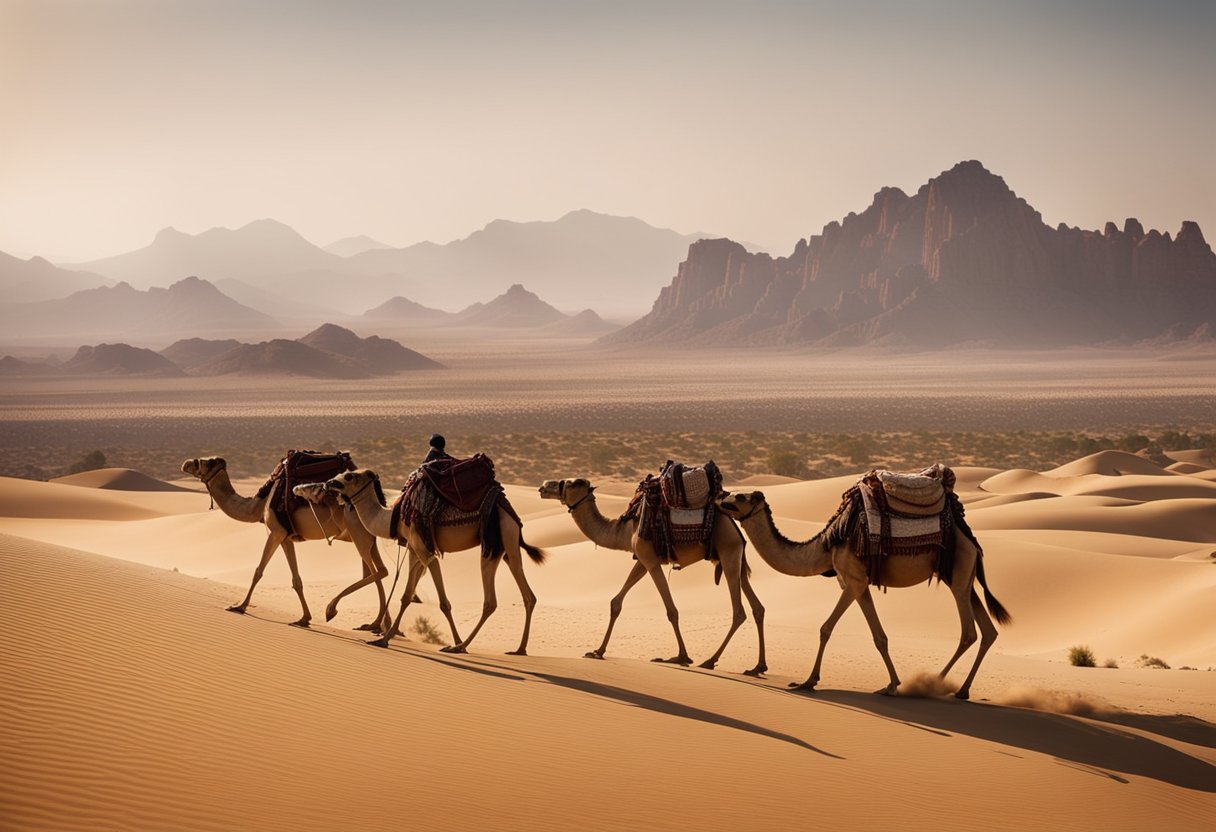
The Silk Road’s historical significance remains evident in modern times through sustained efforts at preservation and recognition of its impact on cultural heritage. We observe ongoing initiatives that seek to protect this legacy and the diverse cultures along the ancient routes.
UNESCO’s Silk Road Project
UNESCO’s Silk Road Project is a cornerstone in safeguarding the intangible cultural heritage that flourishes from past to present. This initiative underscores the importance of cooperation between nations to maintain the Silk Road’s historical sites and promote cultural dialogue. The project not only emphasises the conservation of physical remnants but also encourages scholarly research and educational programmes to enrich the understanding of the Silk Road’s multifaceted legacy.
Cultural Preservation Efforts
We see numerous cultural preservation efforts that aim to protect and celebrate the Silk Road’s rich tapestry of traditions. These include heritage site restoration, documentation of ancient practices, and the revitalisation of traditional arts. Entities like the International Institute for Central Asian Studies work diligently to foster this respect for culture and history, ensuring the Silk Road’s stories and contributions remain accessible in the ever-evolving global narrative.
The Silk Road in Contemporary Times
As we explore the Silk Road in the context of modernity, one cannot help but notice the nuanced fusion of ancient heritage with contemporary aspirations such as economic cooperation and revitalised trade routes. Our delve into this topic illumines the enduring relevance of the Silk Road spirit, threaded through tourism and diplomacy in today’s interconnected world.
Traversing the Silk Road
We find that the lure of the Silk Road remains strong for travellers seeking to immerse themselves in a tapestry of historical wonder. Tourist itineraries often embody a journey through time, tracing the footsteps of ancient traders and adventurers. The routes are now peppered with Silk Road Tourism experiences that offer a mix of awe-inspiring landscapes and storied landmarks. From the commanding breath of the Great Wall of China to the mosaic beauty of Samarkand’s Registan, tourism revitalises these heritage sites, honouring their timeless narrative.
Guided tours and themed expeditions cater to the curious and adventure-seeking spirits, each experience enriched by the local cultures and traditions of the regions that were once mere waypoints along this extensive network.
Modern Trade and Diplomacy
The Silk Road has always been synonymous with trade, and this essence is alive and well in its modern counterpart. Contemporary economic corridors echo the past, as seen in China’s One Belt, One Road initiative, aiming to bolster international trade and fortify economic growth. By weaving a complex matrix of land and maritime routes, this modern Silk Road fosters economic cooperation across continents, bridging traditional and new-age industries.
Diplomacy thrives along these reinvented routes, facilitating dialogue and collaboration among nations. Its underpinning is the durable Silk Road spirit, which compels us to promote understanding and foster partnerships. Ties are strengthened not merely through trade agreements but also cultural exchanges, reflecting the historic route’s legacy as a conduit for not only goods but also knowledge and ideas.
Frequently Asked Questions
As connoisseurs of the Silk Road and its modern interpretations, we’ve collated some of the most pressing questions for those looking to tread these storied paths. Let’s explore common inquiries and offer insights to guide your adventure.
What are the primary hazards associated with trekking the Silk Road today?
When embarking on a trek along the Silk Road, the hazards one may face include extreme weather conditions, remote terrain, and socio-political instability in certain regions. It’s crucial to research current travel advisories and prepare for the environmental challenges of each segment of the journey.
Which luxury tours are renowned for exploring the legendary Silk Road?
Luxury tours that offer an immersive experience along the Silk Road often feature private guides, comfortable accommodations, and exclusive access to historical sites. Companies providing these high-end services are celebrated for their meticulous attention to detail and comprehensive itineraries.
How does one embark on a train voyage along the Silk Road?
To embark on a train voyage along the Silk Road, one typically begins by selecting a transcontinental railway journey that follows a portion of this ancient network. Next, it’s a matter of booking tickets through reputable travel companies that specialise in scenic rail tours across the regions in question.
What are the essential stops to include in a Silk Road travel plan?
An essential Silk Road travel plan includes stops at iconic sites such as Xi’an in China, the historic city of Samarkand in Uzbekistan, and the ancient bazaars of Istanbul. Each represents a unique cultural intersection of the Silk Road’s rich tapestry.
How does contemporary Silk Road travel compare with its ancient counterpart?
Contemporary Silk Road travel differs significantly from its ancient counterpart due to modern transportation and amenities, which contrast with the arduous journeys of past traders. Nonetheless, today’s travellers still experience the same spirit of cultural exchange and discovery.
Is it feasible to traverse the entirety of the Silk Road on foot in the present day?
Traversing the entirety of the Silk Road on foot today is an ambitious endeavour given its vast distances and challenging terrains. While parts may be hiked, completing the entire route requires a formidable level of fitness and determination.


